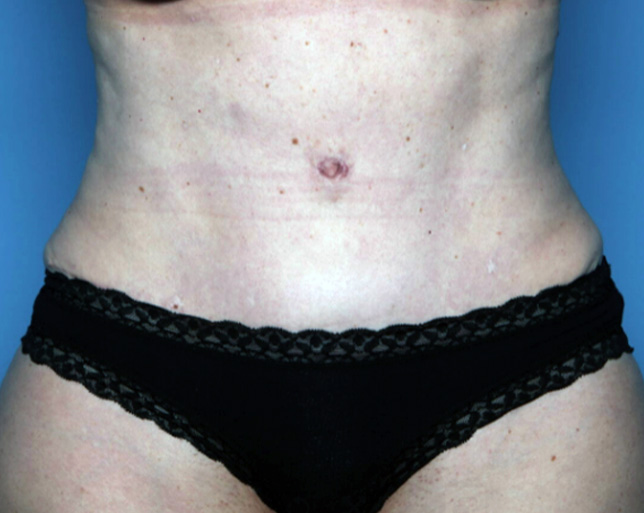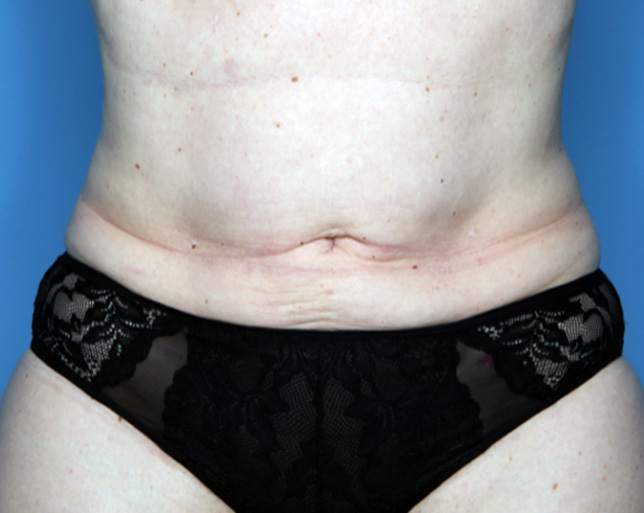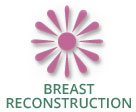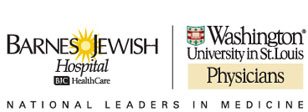Fat Transfer
Address Sagging Skin From the Belly Down in St. Louis, MO
As recognized experts in the field of fat transfer, St. Louis-based plastic surgeons Dr. Terry Myckatyn and Dr. Marissa Tenenbaum participate on several international organization task forces and committees designed to optimize the effectiveness and safety of this versatile technique. Dr. Myckatyn is the lead author on a multicenter study, funded by the American Society of Plastic Surgeons, that established the safety of this technique in patients undergoing breast reconstruction.
To schedule your appointment for fat transfer in St. Louis, contact our office by phoning 314-996-8800, requesting your consultation online.
What is fat transfer? Fat transfer is a procedure in which fat is harvested by liposuction from a part of the body where it is unwanted and then transferred or grafted by injecting it into an area where it can be used to add volume, fill a dimple or groove, or correct a contour deformity. Advantages to fat transfer include using your own fatty tissues rather than a foreign body injectable and the added benefit of having liposuction remove fat from an area where you don't want it. Also, your fat will last longer than injectable fillers, which will only last months to years before reinjection is required to maintain their benefits.
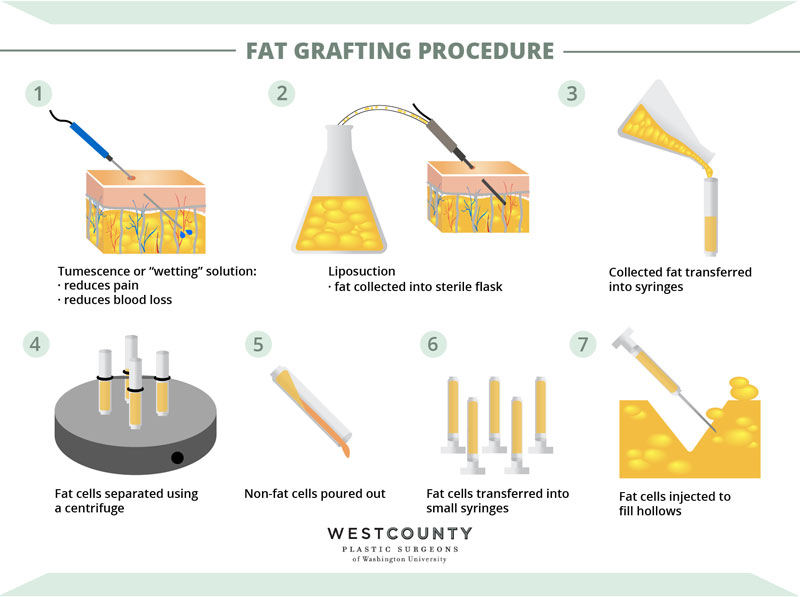
In general, 40 to 50 percent of the injected fat volume goes away within several months. To compensate, your surgeon may choose to overcorrect a treatment area, anticipating that some of it will go away. Another approach is to inject until an immediate correction is achieved, wait to see how much goes away, and repeat the fat transfer several months later. This is a safe approach in the rare event that an overcorrection of fat transfer unexpectedly does not go away. Also, if too much fat is injected, it can lead to hard bumps known as fat necrosis that may either get broken down and resorbed by your body over time or require surgical removal. Fat necrosis is more common when fat is injected into areas of poor blood flow, such as thin or radiated tissues, or over an implant.
Fat transfer is not a particularly new technique, but some surgeons have recently looked into ways to expand its role in cosmetic and reconstructive plastic surgery. At West County Plastic Surgeons, our philosophy is to offer our patients the most cutting-edge technologies, but only after we have studied them to ensure that they have a proven track record for being safe and effective. Currently, we have determined the following applications for fat transfer to be safe and effective:
Partial Breast Reconstruction and Revision of a Reconstructed Breast
This includes fat grafting to correct contour deformities following lumpectomy or mastectomy with reconstruction. Patients must be cancer free for at least one year before undertaking fat grafting to the breast to correct contour problems. We are currently performing fat grafting to correct partial breast deformities.
Volume Augmentation and Crease Correction of the Face
Your own fat can be used to provide volume to sunken areas of the face such as around the upper cheeks, chin, the creases between the cheeks and the upper lips (nasolabial folds), or between the lower eyelids and the midface.
Correction of Post-Traumatic and Post-Surgical Deformities
Contour deformities can result from traumatic injuries where divots have been left. Fat grafts can be used to fill certain contour deformities of the skull, face, trunk, arms, or legs. Similarly, some surgeries lead to contour deformities. Wasting of muscles following brain surgery can lead to contour deformities in the side hollows of the skull (temporal wasting). Removal of benign tumors can lead to large divots in the arms, legs, or trunk and can be filled with fat grafts. On occasion, liposuction itself can lead to contour problems that can also be filled with fat grafts.
Other forms of fat grafting also exist, and we are working with other plastic surgeons at a national level through the American Society of Plastic Surgeons to evaluate their safety and benefits. Other forms of fat grafting we are carefully evaluating before we offer them include:
Complete Breast Reconstruction Following Mastectomy
Several techniques using fat grafts to reconstruct an entire breast following mastectomy have emerged. Some techniques use an external device that is thought to optimize fat graft take, although others do not require this. At this point, there is no clear consensus on the most effective way to harvest, inject, or store this fat. Moreover, the ideal injection volume has not been determined, and it is not known whether other concurrent treatments are required to optimize breast reconstruction with fat grafts alone. Currently, health care insurance providers do not recognize these techniques for complete breast reconstruction. We are carefully evaluating studies using these techniques for breast reconstruction to ensure they are clearly deemed to be safe and effective.
Breast Augmentation with Fat Grafting
Fat grafts have been used for small-to-moderate volume breast augmentations. The largest experience with this technique is from Japan. At this time, there is no consensus on the most effective protocol, and the long-term safety of this technique is still being evaluated and debated. We are carefully evaluating studies using fat grafting for breast augmentation to ensure that the procedure is clearly deemed to be safe and effective.
Stem Cell-Enriched Fat Grafting
Normal fat grafts contain a small percentage of adult adipose-derived stem cells. These stem cells are naturally generated by your body on a daily basis and are pluripotential, meaning they can transform, or differentiate, into other cell types. For this reason, doctors and scientists have high hopes that stem cells may one day serve as a therapy for numerous medical problems by transforming into a tissue needed to heal or correct a certain problem. On the flip side, however, there is concern that, unchecked, stem cells may also differentiate into tumor cells. New technologies are being developed to increase the stem cell enriched fraction of fat grafts beyond what normally occurs in the body. At this point, these technologies are not FDA-approved and have not been rigorously studied in the United States. Studies verifying that stem cells can be transformed into cancer cells have been performed in rodents—but under experimental conditions that do not mimic normal human physiology. Importantly, we are not aware of any human studies in which stem cells have converted into cancer cells in the breast. Presently, there are no results from human studies evaluating the safety or effectiveness of stem cell-enriched fat grafts of which we are aware in either the United States or Canada. We will carefully monitor this field so that we can provide our patients with the most up-to-date and valid information and safest and most effective techniques related to this growing field of plastic surgery.
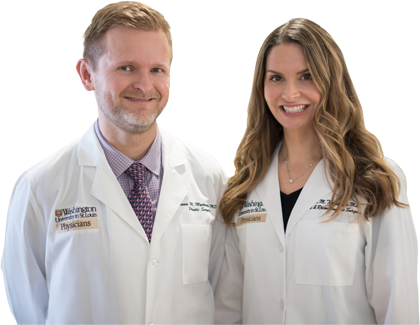
Dr. Terry Myckatyn and
Dr. Marissa Tenenbaum:
Trusted. Experienced. Committed.
Anesthesia: Fat grafting can be performed with the patient under local anesthesia in the office or under general anesthesia in the operating room.
Length of procedure: 1 to 5 hours, depending on the location and volume of fat to be harvested and grafted.
Estimated recovery time: You can return to work after 2 to 14 days, depending on the volume removed, and should avoid vigorous activities for 1 to 3 weeks. Visible bruising should clear up within 7 to 10 days, while swelling may persist for 2 to 6 weeks, depending on the volume and area grafted. To learn how to prepare for fat grafting liposuction and what to expect afterward, click here to download our patient instructions for fat grafting.
Side effects: Common side effects include bruising, swelling, and tiny, well-hidden scars in the areas where fat was both harvested and re-injected, as well as numbness and itching in the treated areas. Click here to download a detailed consent form from the American Society of Plastic Surgeons that lists the risks and benefits of fat grafting.
Before-and-after photos of fat grafting results: Click here
Associated Procedures:
Standard Facelift
When we age, the skin and connective tissues of the face sag in response to gravity, sun damage, and the natural aging process. These changes can be treated with a standard facelift that rejuvenates the lower two-thirds of the face and the neck. However, we also lose volume from the face. Fat grafting is an ideal way to restore this volume loss at the same time as a lift. When combined with a facelift, fat grafts are usually placed in the folds between the cheeks and upper lip (nasolabial folds), the hollows at or below the cheekbones, and occasionally in the lips or other areas of the face with deep creases or wrinkles.
Short-Scar Facelift
A relatively short scar differentiates the short-scar facelift from the traditional facelift. Just as in the standard facelift, fat grafting is a good way to restore volume loss at the time of a short-scar version. When combined with this lift, fat grafts are usually placed in the nasolabial folds and in other areas of volume loss.
Liposuction
Fat grafting and liposuction are complementary procedures. The fat used for fat grafting is typically harvested with standard tumescent liposuction techniques. So, patients seeking liposuction frequently request that some of this fatty material be grafted in an area where they wish to have more volume. Similarly, people seeking a plastic surgeon for fat grafting will often request that a little more fatty tissue be treated with additional liposuction to treat a fatty area that troubles them.
Buttock Augmentation with Fat Grafting
Fat removed during liposuction can be re-injected into the buttock area to provide more projection and volume for individuals who are dissatisfied with their current buttock shape and size.
If you have questions or would like to book a consultation with one of the surgeons at West County Plastic Surgery, please call (314) 996-8800.








